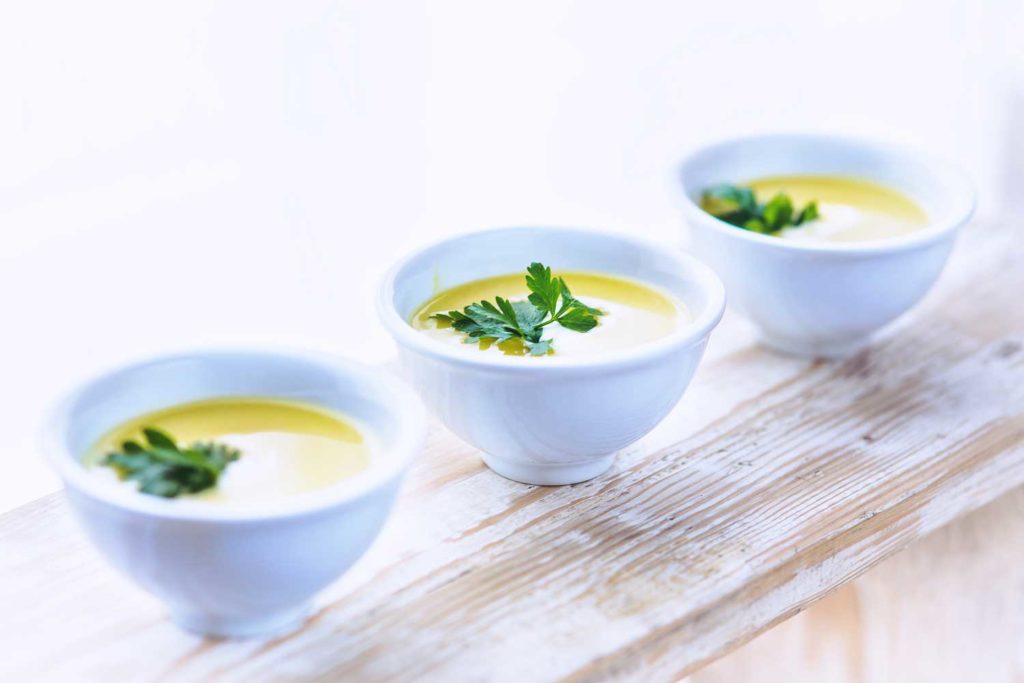One of the easiest, fun, and tastiest ways to practice mindfulness is with food, a practice commonly known as mindful eating. I was first introduced to mindful eating in my Mindfulness-Based Stress Reduction class, nearly a decade ago.
Everyone in the class got a raisin (maybe two?) and we were supposed to pretend we were aliens, new to both Earth and raisins. The point was to examine our new discovery with curiosity, gathering all the details we could: what did it look like (color, visual texture, shape, size)? Feel like between our fingertips? What were the qualities gathered by smelling this thing? And then, we got to put it in our mouth (but not bite it, not yet!), and so on.*
 The practice of eating is a perfect opportunity to practice mindfulness because there is so much sensory information going on with the whole food/eating thing. All the senses! We are rarely encouraged to engage in mindful eating, though; in fact, it’s usually the opposite. Eating at our desks, in our cars, on the go, cramming something in our mouths on our way to the next thing, multi-tasking, reading, watching TV? None of these are great opportunities to tune in to the present moment or to our senses, to tune into the actual pleasure of eating, the wonder of food and of our bodies.
The practice of eating is a perfect opportunity to practice mindfulness because there is so much sensory information going on with the whole food/eating thing. All the senses! We are rarely encouraged to engage in mindful eating, though; in fact, it’s usually the opposite. Eating at our desks, in our cars, on the go, cramming something in our mouths on our way to the next thing, multi-tasking, reading, watching TV? None of these are great opportunities to tune in to the present moment or to our senses, to tune into the actual pleasure of eating, the wonder of food and of our bodies.
Because when you’re housing an entire pizza, you just don’t think of these things. I literally cannot tell you how many times I zoned out on the couch and before I knew it, those crackers/cheese/pretzels/ice cream/cookies/etc. were gone. I barely remembered eating them, let alone tasting them, and it was a total mystery. (Where the eff did those chocolate chips go?)
But then again, I have had major issues with food along the way, so maybe I’m the only one.
Below are some simple steps to try your hand at mindful eating. Once you get into this habit, you can do it anywhere, any time, but I find it’s helpful to have some structure to begin.
- Set aside some time when you have some time, in a place that’s relatively quiet and free from distraction. And pick your meal; it can be one of the big 3, or even a snack or a cup of coffee.
- Eliminate your opportunity for distraction. I’m saying this again because it’s the hardest part. This means: no phone, no books or magazines, no computer, no television, no kids.
- Take a moment to reflect gratitude for your food. This can be in form of a prayer, or simply an acknowledgement of everyone who worked hard to eventually bring this food to your table. If you’re about to get into something with animal products, thank them, too. (This was key in dealing with my feelings about transitioning from vegan to omnivore a few years ago.)
- Before your first bite or first sip, notice what’s in front of you. What does it look like, smell like? (Bonus if you take a minute to make it look beautiful. I find that presentation enhances the entire experience.)
- Dive in, but like you’re diving in slow motion with lots of stops. Pause between each bite or sip to take in those tastes, textures, and temperatures. Notice where the flavors hit on your tongue, feel the sensations of the food or drink traveling after you swallow. Closing your eyes helps, as does chewing, chewing, chewing each bite.
- Pay attention to your body’s messages to gauge how much to eat. Going slowly, pausing between bites, and checking in will help you notice if you’re still hungry or if you’ve had enough, even if there is more on your plate. (This is a great tool for improving your digestion and for weight loss. Mindful eating FTW!)
*I got the point of the activity, but I remember being kinda critical. For one thing, I’m not crazy about raisins, but for another, I kept thinking, “Are we toddler aliens? Because I’m not sure I’d put a thing that looks like this in my mouth if I didn’t know I was supposed to. For all we know, this is exactly what alien you-know-whats look like.”

